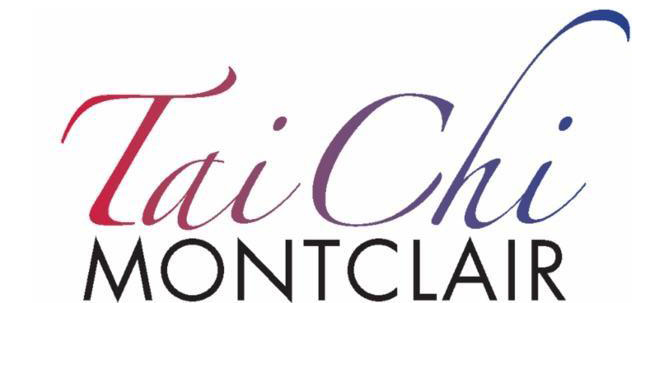Remembering Our Ancestors
/It occurred to me on Halloween, a tradition often about honoring ancestors, that some of you don't know how important ancestors are in the history and practice of tai chi.
So here is a very brief Yang Family ancestral history:
The president of our association Master Yang Jun is "fifth generation legacy holder," an honor given to him by his grandfather Yang Zhenduo (now 95 years old) about eight years ago. I was there when Yang Zhenduo made the announcement in China! Raised by his grandparents, Yang Jun trained with his grandfather from the age of 3. It's unclear what happened to his his father and mother, but it may have had something to do with the Cultural Revolution, which started the year Yang Jun was born, 1968. Yang Zhenduo learned tai chi from his father Yang Cheng Fu; he from his father Yang Jianhou; and he from his father Yang Luchan, who created the original Yang style around 1850. Each one of these generations put their own stamp on the form, slightly changing "frame" size, sequence, martial intentions. Changes had to do with individual interpretations and sometimes historical trends in China. The basic characteristics and principles were always retained; written down clearly by Yang Cheng Fu as the "Ten Essentials."
Long before tai chi was given a name Chinese monks practiced exercise routines like qi gong for physical health and as a spiritual practice. The movements aligned closely with Taoism, a religion that looked to nature—the seasons, planets, physical, plant, and animal world—for guidance, understanding, and good health (Chinese Traditional Medicine). Buddhism also had an influence, as did Confucianism.
There are various theories as to how these forms came to be adapted for improving fighting skills (using "soft energy") and why the the styles were attached to families. But it's known that the first of these was the Chen family whose Chen Style was created around 1670 by Chen Wanting.
The Yang Style was the second. The story goes that Yang Luchan went to work for the more prosperous Chen family and was taught the Chen's "secret" form. Much more magnanimous with his skills, Yang Luchan traveled and taught widely, including to the royal guard in the imperial palace. Yang Luchan's more open approach to teaching led to the creation of three other major styles, Wu (Hao), Wu, and Sun, many created by students of Yangs.
Yang Jun often says that we are "one big family" of tai chi, with the same basic principles, and only different in "flavor." So welcome to the "big family" of tai chi chuan.
QUOTE OF THE WEEK
Yang Cheng-Fu, probably the most important of the legacy holders to us today, is the one who put on paper the "Ten Essentials" or principles, established the "big frame" that we practice today, which some say is essential to its "good health" properties.
"Tai Chi Chuan is the art of letting hardness dwell within softness and hiding a needle within cotton; from the point of view of techniques, physiology, and physics, there is considerable philosophy contained within it." Yang Cheng-Fu

